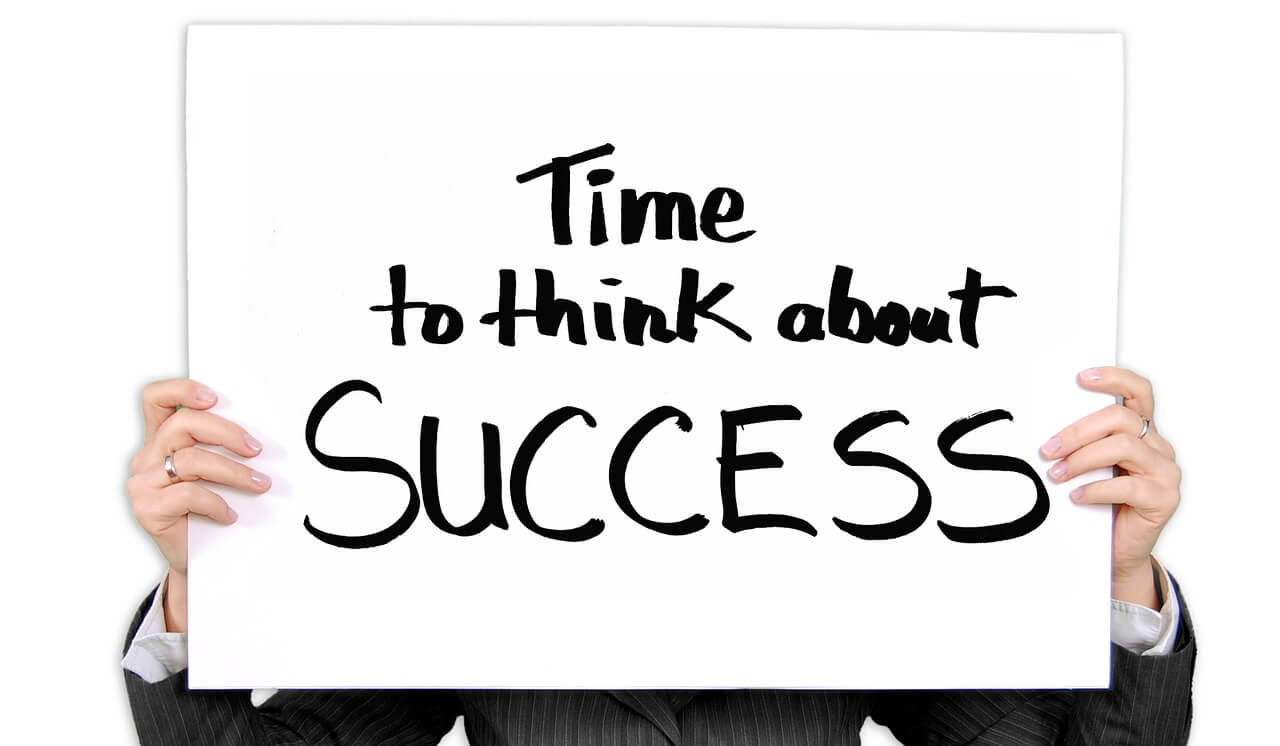In a recent coaching conversation, my client wanted to work on “how to have more influence in his organization.” He felt that he was being overlooked for opportunities. He wanted to influence others more effectively in order to advance in his leadership role.
Here are some ways to influence others in the workplace to enhance your leadership impact:
- When new in a group or with individuals, introduce yourself right away.
- Expand your sphere of influence by cultivating strategic relationships.
- Know your audience, what is important to them and how will you provide value and benefit?
- Increase your level of contribution by making suggestions and sharing your ideas more often.
- Be well prepared with facts and data so you are more forceful in stating your opinions. Be sure to also give your perspective on why you believe the facts are valid.
- Develop conviction when stating your opinions and ideas – don’t hesitate. Pay attention to your vocal quality so you come across confidently.
- Summarize your opinions frequently to build understanding.
- Ask others for feedback on how they perceive you and what you could do differently to have a more positive impact.
- Show enthusiasm – the more committed you are, the more others will be willing to support you.
- Observe leaders in your organization or community who are highly influential. What are they doing that is effective?
Influencing others is a critical skill in today’s work environment. In what ways do you influence others to enhance your leadership impact?
For more resources, see the Library topic Personal and Professional Coaching.
~~~~~~~~~~~~~~~~~~~~~~~~~~~~~~~~~~~~~~~~~~~~~~~~~~~~~~~~~~~~~
Pam Solberg-Tapper MHSA, PCC – I spark entrepreneurial business leaders to set strategy, take action, and get results. How can I help you? Contact me at [email protected] ~ Linkedin ~ 218-340-3330










